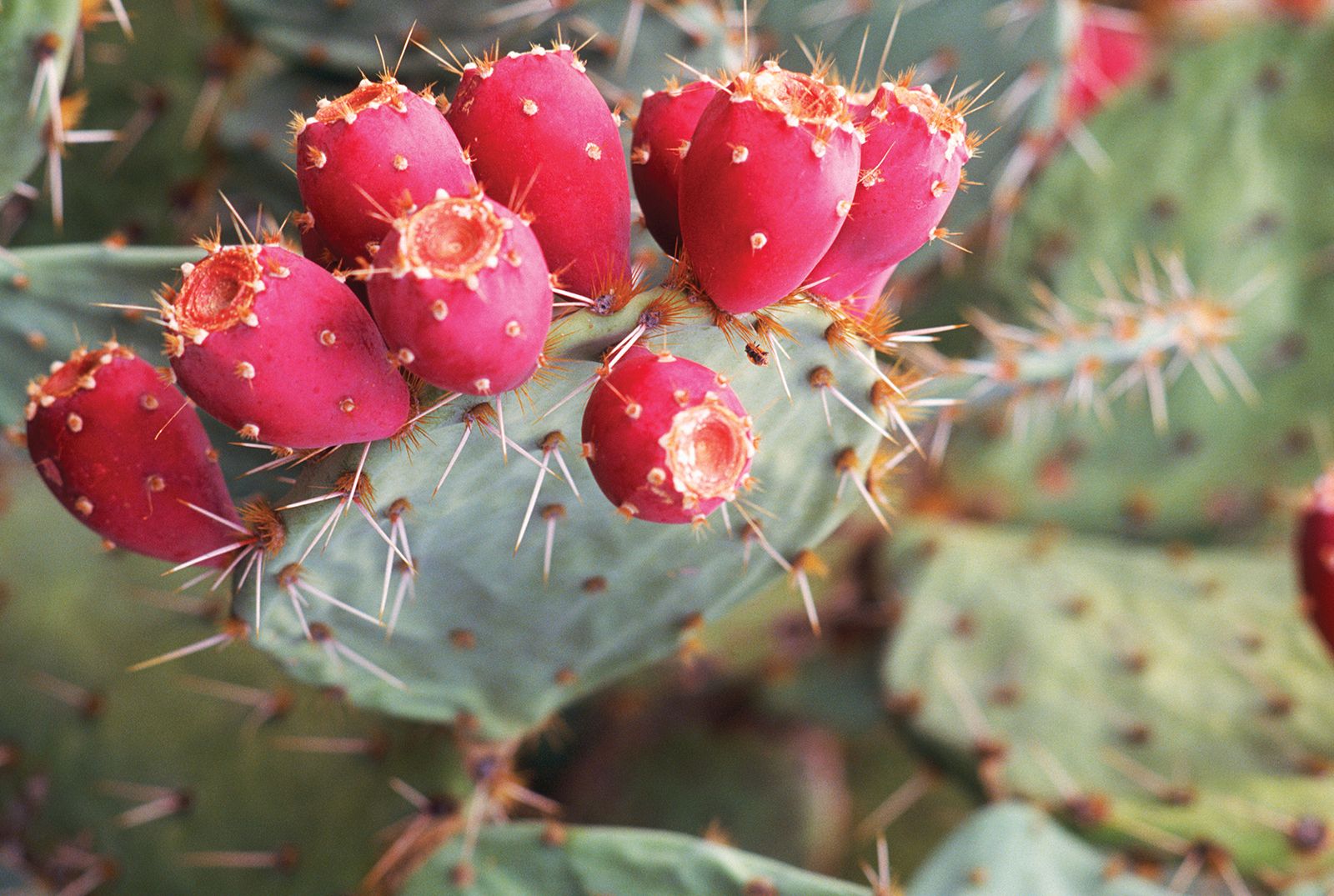The prickly pear cactus, also known as nopales in Spanish, is a popular cactus species grown for its edible pads and fruit This drought-resistant plant thrives in arid climates and is easy to grow, making it a favorite for xeriscaping However, prickly pear cacti can sometimes develop white spots on their pads, raising concerns for gardeners.
What Causes White Spots on Prickly Pear Cactus?
There are a few potential causes of white spots on prickly pear cactus pads
- Pest Infestations – Small bugs like mealybugs, scale insects, and spider mites can all leave white spots, fuzz, or damage on prickly pear pads where they feed. Mealybugs and scales secrete honeydew that promotes black sooty mold growth.
- Sun Scald – Intense sunlight can burn tender pads, leaving white, yellow, or brown sunken lesions. Sudden changes in sun exposure increase risk.
- Fungal Diseases – Powdery mildew is a common fungal disease that coats plants with white powdery spots. It thrives in humidity and overcrowding.
- Mineral Buildup – Hard water and fertilizer salts deposit on and discolor pads over time. Excess minerals obstruct water and nutrient absorption.
- Nutrient Deficiency – Lack of key nutrients like nitrogen leads to chlorosis, causing white spots on cactus pads.
How to Treat and Prevent White Spots on Prickly Pear
Fortunately, there are some effective solutions for addressing the various causes of white spots on prickly pear cactus:
- Control Pests – Insecticidal soap, neem oil, or alcohol solutions can control most soft-bodied pests. Remove badly infested pads.
- Provide Shade – Slowly acclimate new pads to sun exposure. Misting pads can help heal sunscald damage.
- Improve Air Flow – Space pads apart and prune dense growth to reduce humidity and fungal disease risk.
- Water with Pure Water – Use distilled or rain water to prevent mineral buildup. Flush soil occasionally.
- Fertilize – Apply a balanced cactus fertilizer to fix nitrogen deficiencies and spur healthy growth.
- Monitor for Problems – Check pads regularly for signs of pests, disease, or stress. Address issues promptly.
- Use Preventative Measures – Put down layer of gravel or stones to deter fungal spores from splashing up onto plants.
With vigilant monitoring and proper care, you can keep your prickly pear cactus healthy and free of troubling white spots. Be sure to isolate and dispose of any severely infested or diseased pads to prevent spreading issues. A little bit of prevention goes a long way in growing robust, spot-free prickly pear plants.
Scale on Prickle Pear Cactus
FAQ
How do you get rid of the white stuff on a prickly pear cactus?
What are the white dots on my cactus?
How do I get rid of white mites on my cactus?
- The Ultimate Guide to Growing Strawberries in Raised Beds - August 8, 2025
- No-Dig Garden Beds: The Easiest Way to Grow a Beautiful Garden - August 6, 2025
- How to Protect and Preserve Wood for Raised Garden Beds - August 6, 2025

